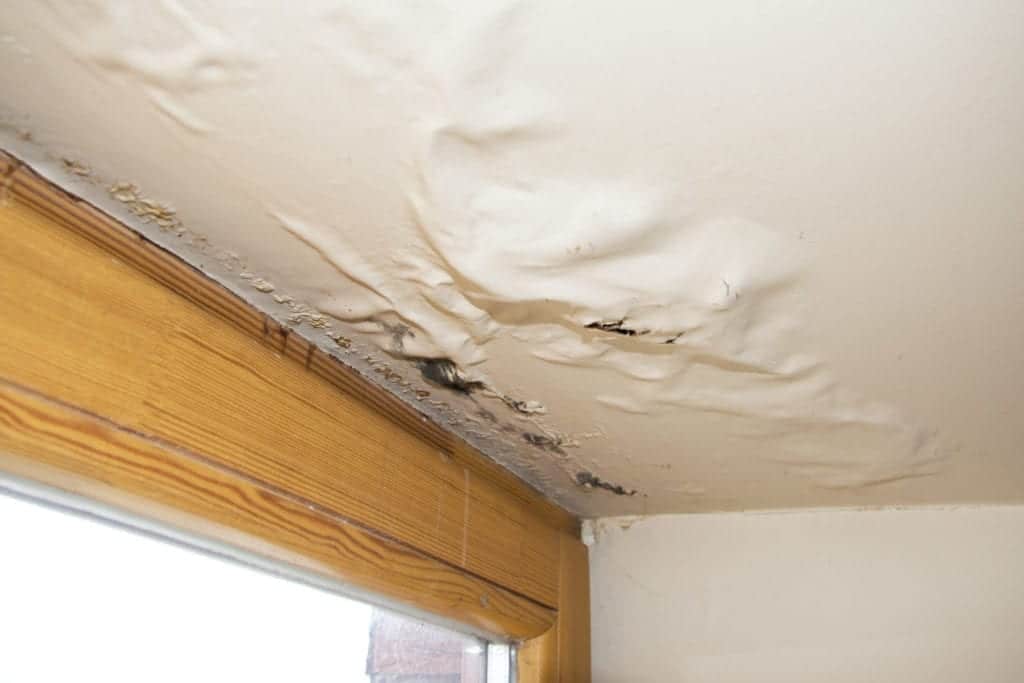Just how do you actually feel on the subject of Finding hidden leaks?

Early discovery of leaking water lines can minimize a possible catastrophe. Some little water leakages may not be noticeable.
1. Examine the Water Meter
Every home has a water meter. Inspecting it is a guaranteed manner in which helps you discover leaks. For starters, shut off all the water sources. Make certain no one will purge, make use of the faucet, shower, run the washing device or dishwasher. From there, go to the meter and watch if it will certainly transform. Since no person is utilizing it, there must be no activities. If it moves, that indicates a fast-moving leakage. If you discover no modifications, wait an hour or 2 as well as examine back once again. This means you may have a slow-moving leak that might also be below ground.
2. Check Water Usage
If you find abrupt modifications, regardless of your consumption being the same, it indicates that you have leaks in your plumbing system. An unexpected spike in your expense indicates a fast-moving leak.
On the other hand, a steady rise on a monthly basis, despite the same practices, shows you have a sluggish leak that's also gradually escalating. Call a plumber to thoroughly examine your building, specifically if you feel a warm area on your flooring with piping underneath.
3. Do a Food Coloring Test
When it comes to water usage, 30% comes from bathrooms. If the shade somehow infiltrates your dish during that time without flushing, there's a leakage in between the storage tank and dish.
4. Asses Exterior Lines
Don't neglect to inspect your outside water lines also. Test spigots by affixing a garden tube. Should water leak out of the connection, you have a loose rubber gasket. Change this and ensure all links are limited. If you've obtained a lawn sprinkler, it will aid get it properly analyzed and also preserved annually. One little leakage can waste lots of water and increase your water costs.
5. Assess the scenario and also inspect
Property owners ought to make it a behavior to examine under the sink counters as well as also inside cabinets for any kind of bad odor or mold and mildew development. These 2 red flags show a leak so prompt attention is required. Doing routine assessments, also bi-annually, can save you from a significant issue.
More notably, if you recognize your home is currently old, maintain a watchful eye on your heaters, hoses, pipelines and so on. Look for discolorations and also compromising as the majority of home appliances as well as pipes have a life span. They will additionally normally degrade due to deterioration. If you think leaking water lines in your plumbing system, don't wait on it to rise. Call an expert plumber right away so you do not end up with a dreadful mess in your house.
Early detection of leaking water lines can reduce a prospective catastrophe. Some tiny water leakages might not be noticeable. Checking it is a surefire means that assists you uncover leaks. One small leakage can squander bunches of water and surge your water costs.
If you believe leaking water lines in your plumbing system, do not wait for it to rise.
How to Know If Your Home Has a Hidden Leak
Water Meter Reveals Inexplicable Water Usage
If you’d like to test whether or not there’s a leak somewhere in your home, you can do this using your water meter. Here is how to conduct the test:
Don’t use any water in your home for at least 30 minutes; this also means not turning on faucets or water-using appliances.
Go outside, and check your water meter for activity.
If your water meter shows that there was activity, even though no one was using any water, this proves that there is a leak in your home.Visible Mold or Mildew Growth
Leaks behind walls create moist, dark environments that allow mold and mildew to grow and thrive. Eventually, you might see mold growth forming on the wall closest to a hidden leak.
If mold is growing in an area that receives a high amount of moisture, such as a bathroom, it may simply be an indication that better ventilation is needed. However, if you see mold growth on a wall or the ceiling in an area where you would not expect, you probably have a hidden leak.
Musty, Mildew Odor
Sometimes you might not be able to see the mold or mildew that is growing as a result of a leak. However, the smell can give the problem away just as easily. If you catch a whiff of something musty, there’s a good chance that old water is collecting somewhere in your home that you can’t see.
Stained/Warped Walls, Ceilings, or Floors
When your home soaks up water, a variety of red flags can become visible, including ceiling stains, bubbling drywall, warped walls, and sagging floors. While these issues can be caused by excess humidity, they can also be signs that a pipe or plumbing connection has started leaking behind your walls.
Inexplicably High Water Bill
After a while, you get a general sense for what your water bill should be. If you own a pool or sprinkler system, your bill will tend to be higher during summer. However, if you receive a water bill that seems especially high, and you can’t figure out what caused it, then you may have a hidden leak somewhere that’s increasing your bill.
https://www.plumbingjoint.com/blog/2019/july/how-to-know-if-your-home-has-a-hidden-leak/

As a devoted reader about Hacks to detect leaks, I figured sharing that piece of content was essential. Make sure you take a moment to share this blog post if you appreciated it. Many thanks for your time. Please check our site back soon.